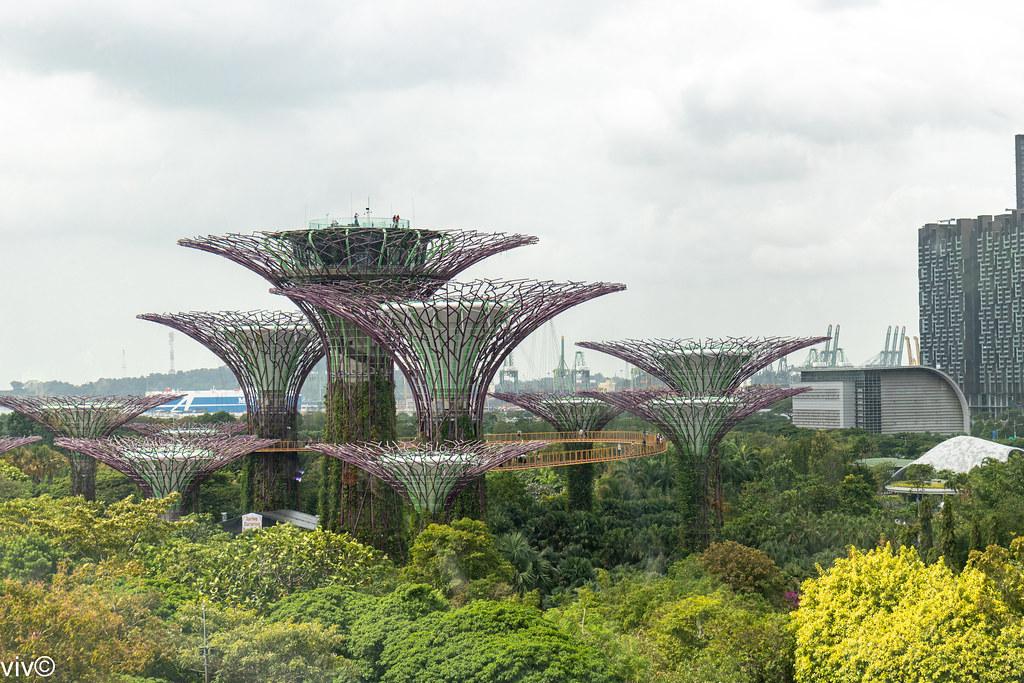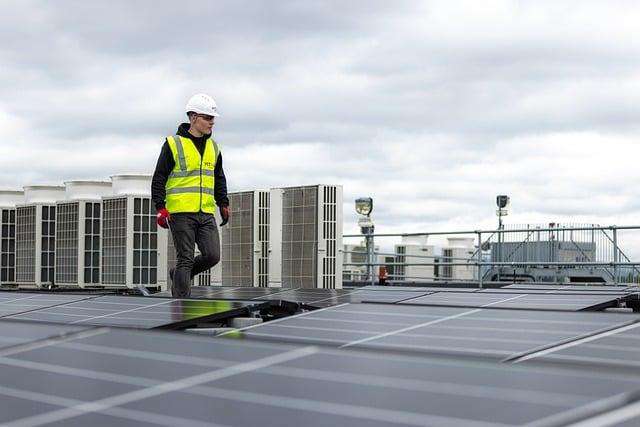In the concrete jungle where skyscrapers pierce the sky and streets buzz with ceaseless activity, an unexpected transformation is quietly unfolding. Urban areas, traditionally seen as epicenters of consumption and energy demand, are emerging as unlikely champions of solar energy growth. As cities grapple with the pressing challenges of climate change and sustainability, rooftops, parking lots, and even façades are being reimagined as platforms for harnessing the sun’s power. This shift is not just a testament to technological innovation, but also a reflection of changing mindsets, where urban planners, businesses, and residents are uniting in a common goal: to transform the urban landscape into a beacon of renewable energy. Join us as we explore how cities across the globe are stepping into the light, turning their vast expanses into vibrant hubs of solar energy and setting the stage for a brighter, more sustainable future.
Harnessing Rooftops Revolutionizing Urban Solar Adoption
In the heart of bustling metropolises, rooftops are transforming from neglected spaces into vibrant energy hubs. Urban landscapes, once dominated by concrete and steel, are now embracing a greener future through innovative solar installations. This shift is not merely a trend but a strategic response to the increasing demand for sustainable energy solutions. Solar panels are becoming an integral part of urban architecture, cleverly integrated into building designs to maximize energy efficiency while maintaining aesthetic appeal.
- Efficient use of space: Rooftops, previously underutilized, are now prime real estate for solar arrays, turning cities into energy producers.
- Reduction in carbon footprint: By harnessing the sun’s power, urban areas are significantly cutting down on greenhouse gas emissions.
- Innovative partnerships: Cities are fostering collaborations between governments, private sectors, and communities to facilitate solar adoption.
- Economic incentives: Financial benefits, such as tax breaks and subsidies, are encouraging property owners to invest in solar technology.
This urban solar revolution is a testament to human ingenuity and a commitment to a sustainable future. As cities continue to evolve, they are setting a precedent for how urban spaces can lead the charge in global energy transformation.

Innovative Policies Paving the Way for City Solar Expansion
Across the globe, urban areas are embracing a new era of renewable energy through the implementation of forward-thinking policies that support solar energy expansion. Municipal governments are at the forefront, introducing zoning laws that prioritize solar-friendly construction and incentivizing the integration of solar panels on both new and existing structures. By revising building codes to encourage sustainable practices, cities are not only reducing their carbon footprints but also making solar installations more accessible and affordable for residents and businesses alike.
Key strategies include:
- Tax Incentives: Offering tax credits or rebates to property owners who install solar systems.
- Community Solar Programs: Allowing multiple residents to share the benefits of a single solar array, making solar power more inclusive.
- Streamlined Permitting Processes: Reducing bureaucratic red tape to accelerate the adoption of solar technology.
- Public-Private Partnerships: Collaborating with private companies to fund and implement large-scale solar projects.
These innovative approaches not only bolster the local economy by creating green jobs but also transform urban landscapes into vibrant examples of sustainability and resilience.

Community Solar Projects Fostering Inclusive Energy Solutions
As cities evolve into bustling epicenters of innovation, urban areas are increasingly embracing solar energy as a sustainable solution to meet their growing power needs. Community solar projects are at the forefront of this transformation, offering residents the opportunity to invest in solar power without the need for individual installations. These initiatives not only harness the sun’s energy but also democratize access to renewable resources, making them accessible to those who might otherwise face barriers.
These projects typically involve collaboration among local governments, private enterprises, and community groups, creating a tapestry of inclusive energy solutions that benefit a diverse population. Key advantages include:
- Reduced energy costs: Participants can save on their utility bills by subscribing to a share of a community solar array.
- Environmental impact: Urban solar projects help reduce carbon footprints by decreasing reliance on fossil fuels.
- Economic growth: The solar sector generates jobs, boosts local economies, and stimulates investment in renewable technologies.
- Social equity: These projects often prioritize marginalized communities, ensuring equitable access to clean energy.
By turning urban landscapes into vibrant hubs of solar energy, cities are paving the way for a future where renewable power is not just a privilege but a universal right.

Future-Proofing Cities with Sustainable Solar Investments
In an era where urban landscapes are rapidly evolving, cities are emerging as epicenters for solar energy innovation. As the demand for renewable energy sources escalates, urban planners and developers are strategically integrating solar technology into city infrastructure. This transformation is facilitated by advancements in photovoltaic technology, which have made solar panels more efficient and affordable. Cities are harnessing the power of solar energy to reduce their carbon footprints and enhance energy resilience. Urban rooftops, parking lots, and even sidewalks are being reimagined as platforms for solar installations, transforming everyday spaces into energy-generating hubs.
The shift towards solar energy in urban areas is driven by a combination of economic, environmental, and social factors. Key strategies include:
- Incentivizing solar panel installations on residential and commercial buildings.
- Implementing solar canopies in public spaces and transportation hubs.
- Developing community solar projects that allow residents to share in the benefits of solar energy.
- Integrating solar technology into smart city grids for enhanced energy management.
These initiatives not only support environmental sustainability but also stimulate local economies by creating jobs and fostering innovation. As cities continue to grow, the integration of solar energy solutions stands as a testament to a future where urban living and sustainability go hand in hand.
Final Thoughts
As the sun dips below the horizon, casting long shadows over the urban sprawl, it leaves behind a tapestry of solar panels glinting with the last of its light. These vibrant cityscapes, once defined solely by concrete and steel, now pulse with the promise of a cleaner, more sustainable future. Urban areas, with their innovative spirit and bustling energy, are not just adopting solar technology; they are redefining what it means to harness the sun’s power. This transformation is a testament to human ingenuity and the relentless pursuit of progress, illuminating the path forward in our collective journey toward sustainability. As we continue to witness the solar revolution taking root in our cities, one thing is clear: the future is bright, and it’s powered by the sun.

































